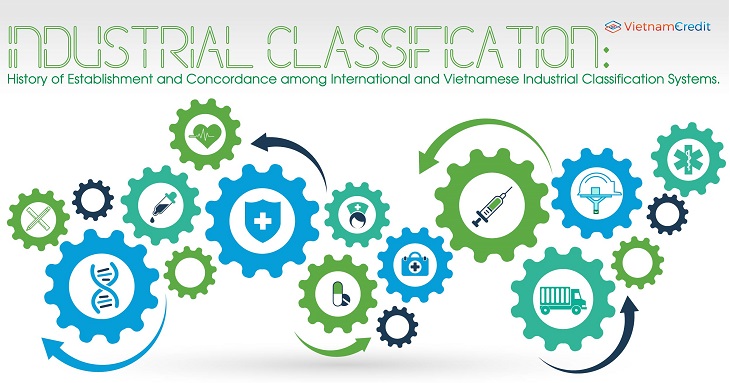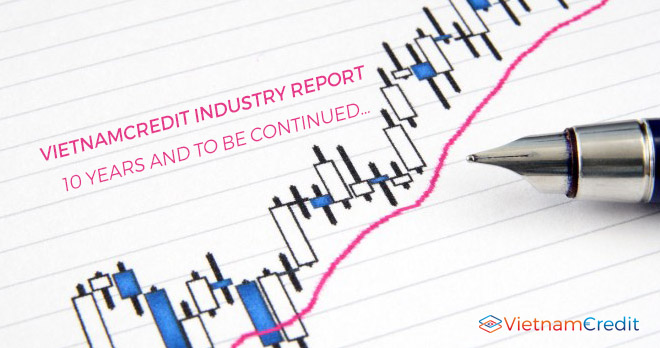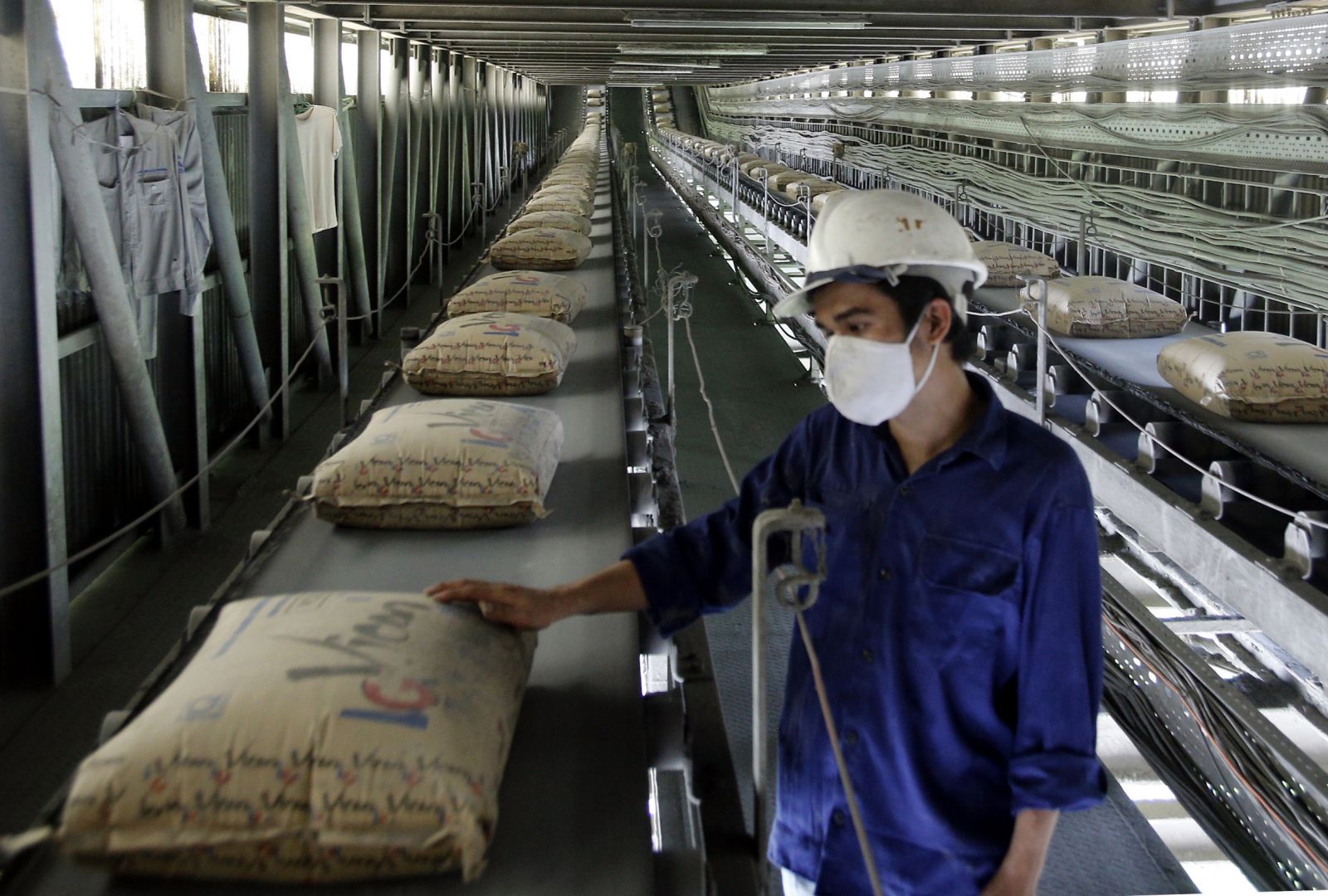The Industrial Revolution in the late 19th and early 20th centuries marked a period of major change and significant global economic development.
New and diverse industrial sectors rapidly emerged, leading to an urgent need for agreed systems of industrial classification.
Development of industrial classification systems
Established in 1937, the four-digit Standard Industrial Classification (SIC) was the first system consistently used by United States statistics agencies to classify businesses based on their primary economic activities. SIC’s contributions varied from simplifying the statistics process to supporting the database comparability of different government agencies, business associations and independent research institutes in the United States.
SIC served as a primary reference for the United Nations to design and introduce International Standard Industrial Classification of All Economic Activities (ISIC). Since its first adoption in 1948, the system has become the conceptual foundation of numerous nations’ industrial classifications.
The ISIC scheme is of great importance for developing countries to compare and contrast statistical data with other countries, worldwide. The systems were revised in codes and structure and were enacted four times by the UN's Statistical Commission before the publication of its latest revision - ISIC Rev.4 in 2007.
After NAFTA agreement, the North American Industry Classification System (NAICS) was created in 1997; aligning closely with ISIC in structure, and used by statistics agencies in Canada, Mexico and the United States.
Although it gradually replaces SIC, NAICS has several differences. One major difference is that NAICS was based on a production-oriented economic concept in which information on both inputs and outputs are processed together for statistical activities. With a five-year review schedule, NAICS revisions can be relevant to economic change and development whilst remaining highly compatible with the ISIC system.
The European Union is one of the regional organisations using ISIC to facilitate the establishment of Statistical Classification of economic activities in the European Community (NACE). NACE Rev. 2 has been developed based on ISIC Rev. 4 with adaptations to European economic and social circumstances, especially in group and class detail industries.
In 2003, ASEAN Common Industrial Classifications (ACIC) - a three-digit system for classifying industries - was published in Southeast Asia. Despite the consistency with ISIS Rev.4 in structure, ACIC had several regional economic and cultural adjustments built in.
In Vietnam, Viet Nam Standard Industrial Classification (VSIC) had been adopted since 1993 based on the conceptual framework of ISIC Rev. 3 published in 1990. As a member of the United Nations and the Association of Southeast Asian Nations, Vietnam developed and issued VSIC revision 2017 with 5 levels.
Level 1 and 2 were entirely compliant with ISIC Rev.4 while Level 3 had full compatibility with ACIC. Based on the actual implementation of VSIC 1993 and the shifting requirements for statistics activities, the General Statistics Office designed VSIC with Levels 4 and 5 reflecting characteristics of the Vietnamese economy.
Concordance among International and Vietnam Industrial Classification Systems
Since VSIC, NACE and NAICS were built on a ISIC template the systems shares similarities in structure, especially in the general industry sections. However, there are still differences between these three schemes due to the diversity in culture, economic development level and social context of each country or region.
NAICS is distinctive compared to VSIC and NACE owing to its supply-based conceptual framework engaging both inputs and outputs data. Review schedules ranging from 5 to 10 years also differentiate the three codes: NAICS is revised every 5 years while VSIC is updated every 10 years for potential revisions. Until now NACE Rev.2, published in 2007, has not been updated.
A noticeable strength of VSIC lies in its structure. The classification is consistent with both international and regional schemes of ISIC and ACIC whilst reflecting the specificity of Vietnam’s economy. The system, therefore, facilitates the data analyses and enhances statistics comparability among various state agencies and private organizations worldwide, including ASEAN, the European Union and North America. In addition, VSIC is also an effective tool for governments to conduct administrative activities and issue tax regulations and economic strategies.
Remaining weaknesses of VSIC 2017
Even though the VSIC has just been updated since 2017, companies are failing to respond dynamically to code revisions and updates. On the National Business Registration Portal website, several registered businesses with industry classifications that no longer exist in VSIC 2017 have not had their information updated.
An inevitable limitation of VSIC 2017 is the lack of detailed industry codes for specific business lines such as the sale of fire fighting and prevention equipment or petroleum machinery. Consequently, companies face difficulties researching the most appropriate industry sector in which to place their business. Regarding preparation for further economic and technical development, some emerging industries such as space transportation have not yet appeared in VSIC 2017.
Additionally, the structure of VSIC is not comparable with the Provisional Central Product Classification (CPC) introduced by the United Nations. VSIC was designed based on ISIC, chiefly to identify groups of economic activities, whereas CPC referenced Harmonized System Codes (HS) – a system for classifying goods for import and export activities.
This incompatibility has caused the refusal of some business activities for foreign-invested enterprises classified in VSIC, since there is no corresponding CPC code in the Schedule of Specific Commitments in Services with WTO. Added to the limitations of VSIC 2017, there remain challenges for both foreign investors and foreign-invested enterprises to register new industries in Vietnam.
Above the limitation and challenges, the VSIC has achieved great improvement in the last 30 years and it is getting better and better. Vietnam’s economy has been integrated deeply in to the world economy and the industrial classification will be much more improved in the years to come.
>> Vietnam Industry Codes
Written by: Cindy Khanh – VietnamCredit























































